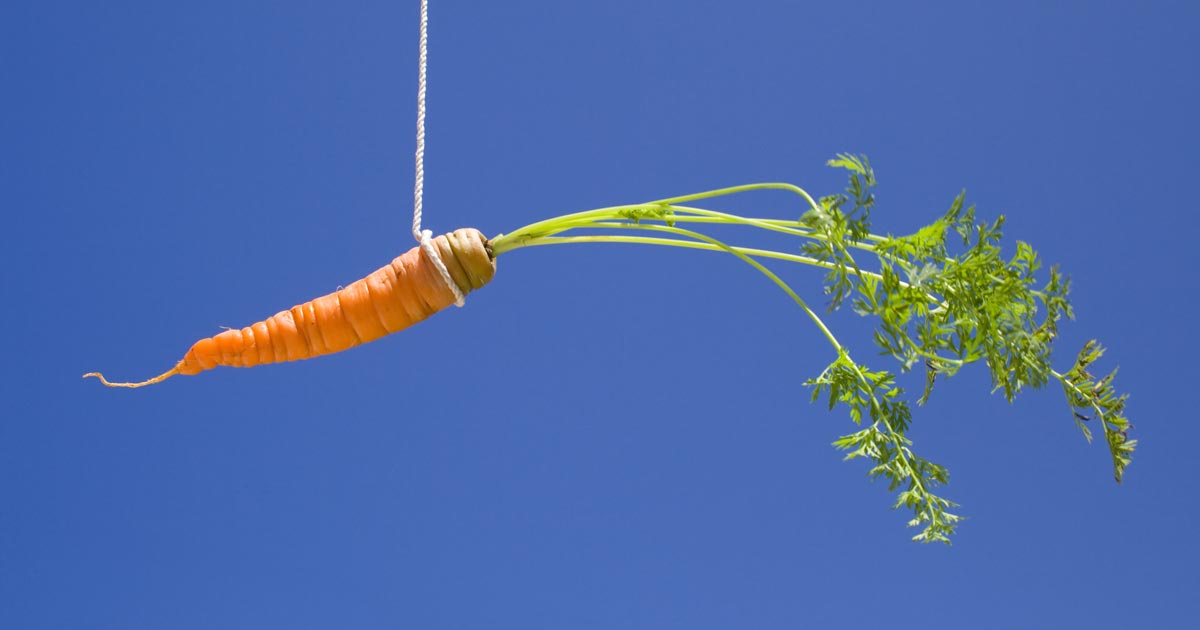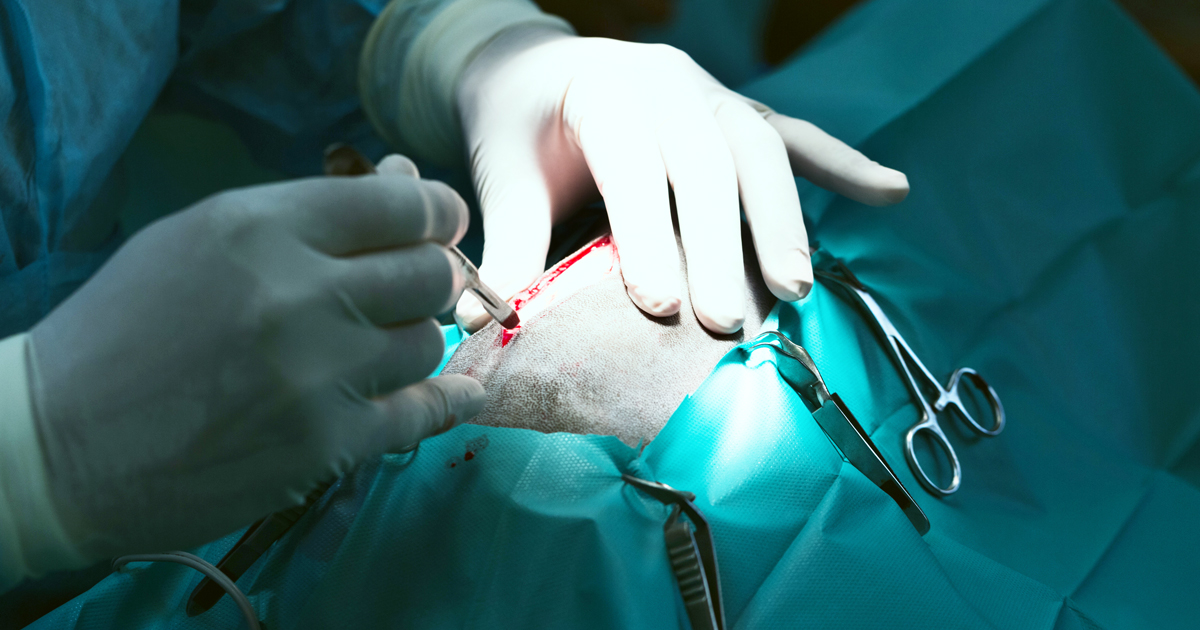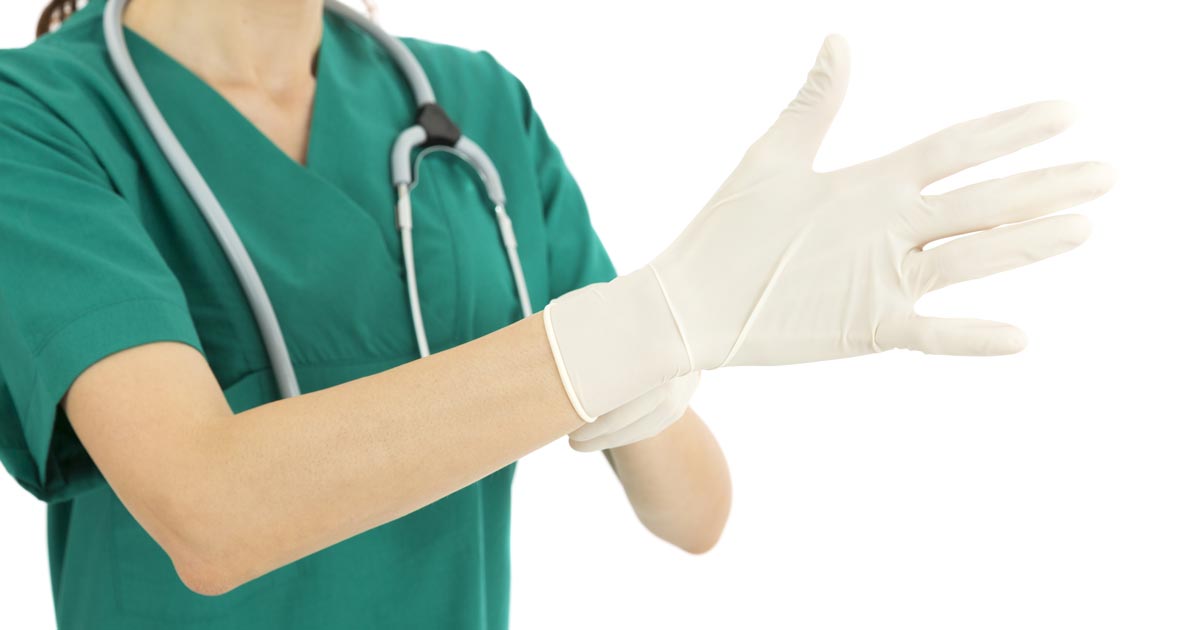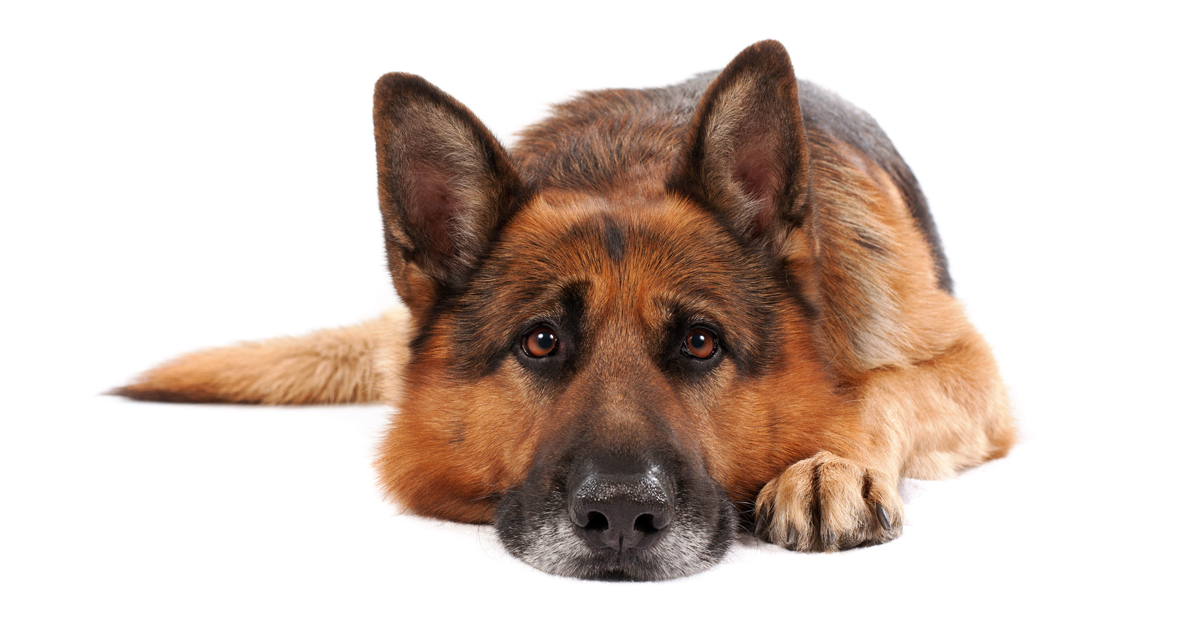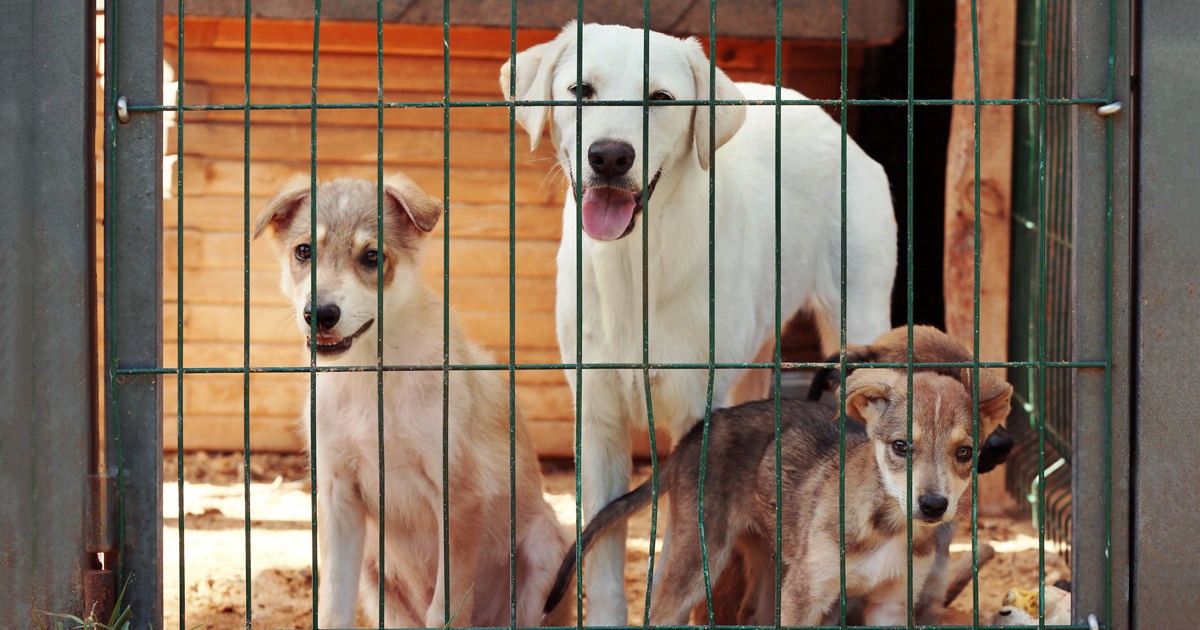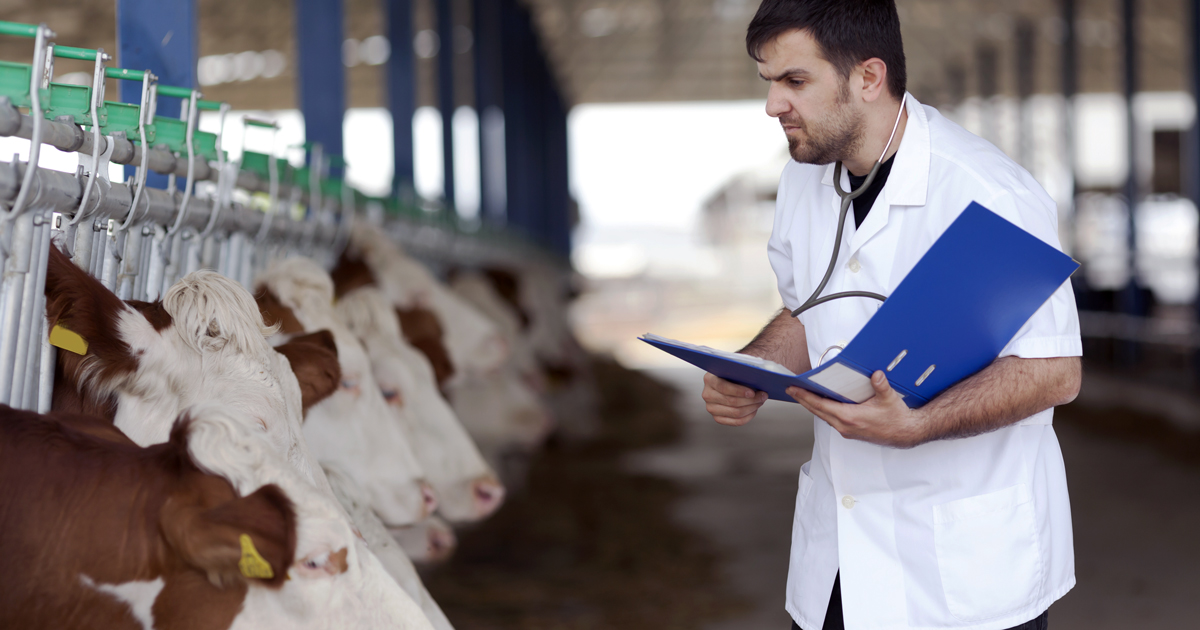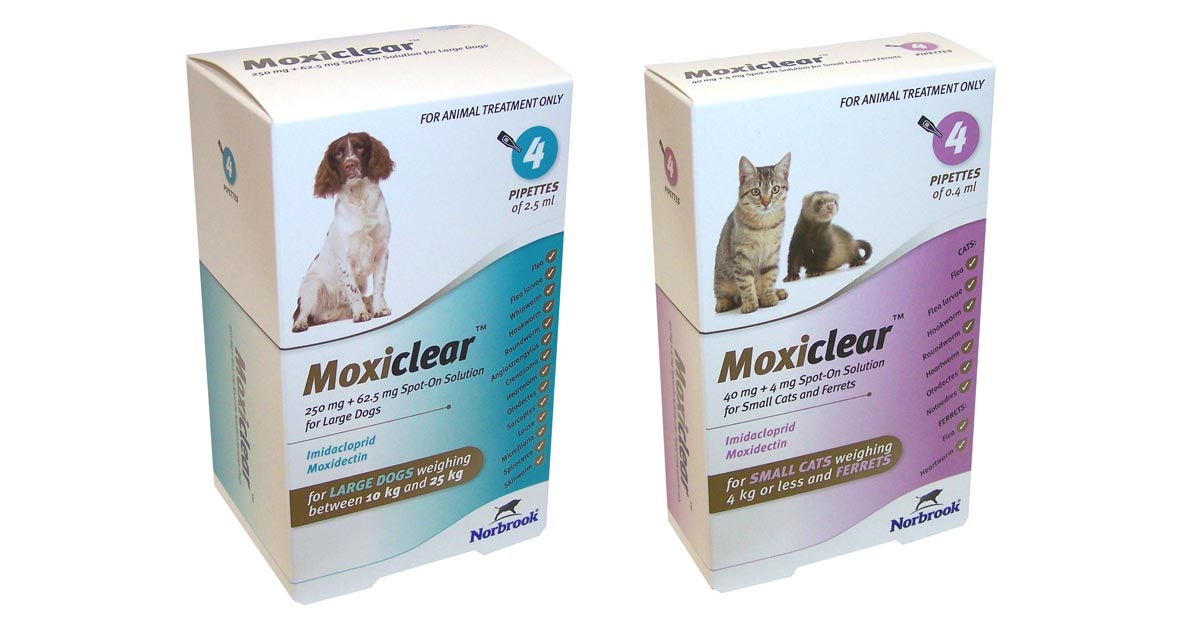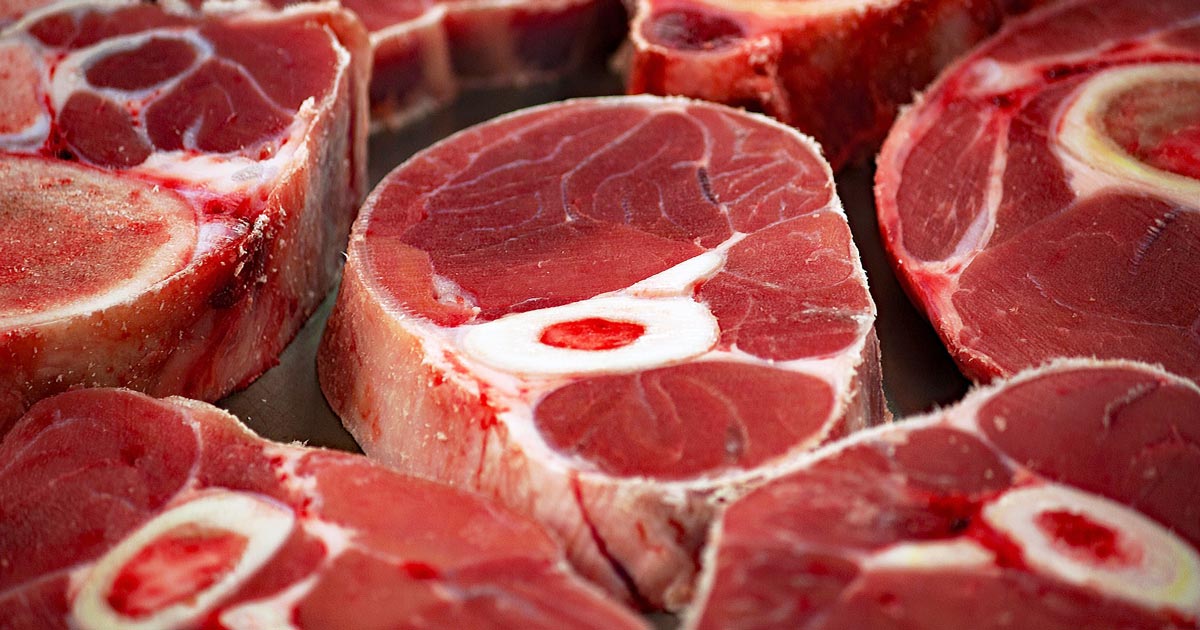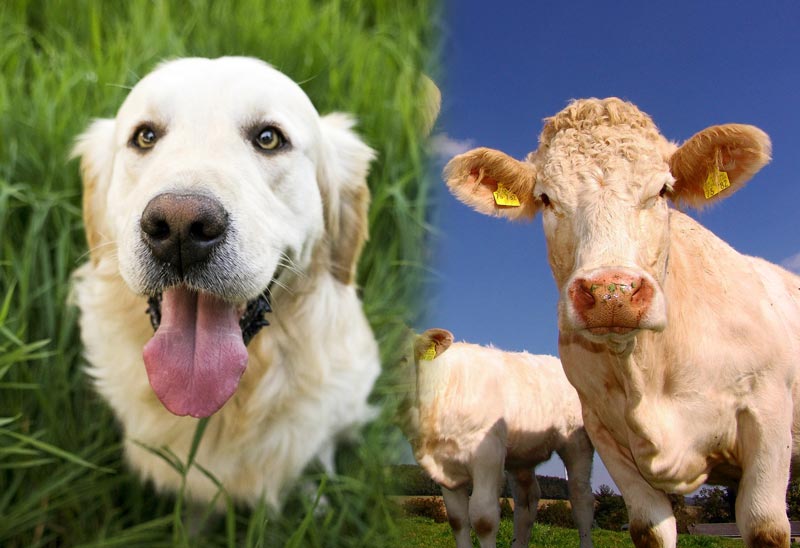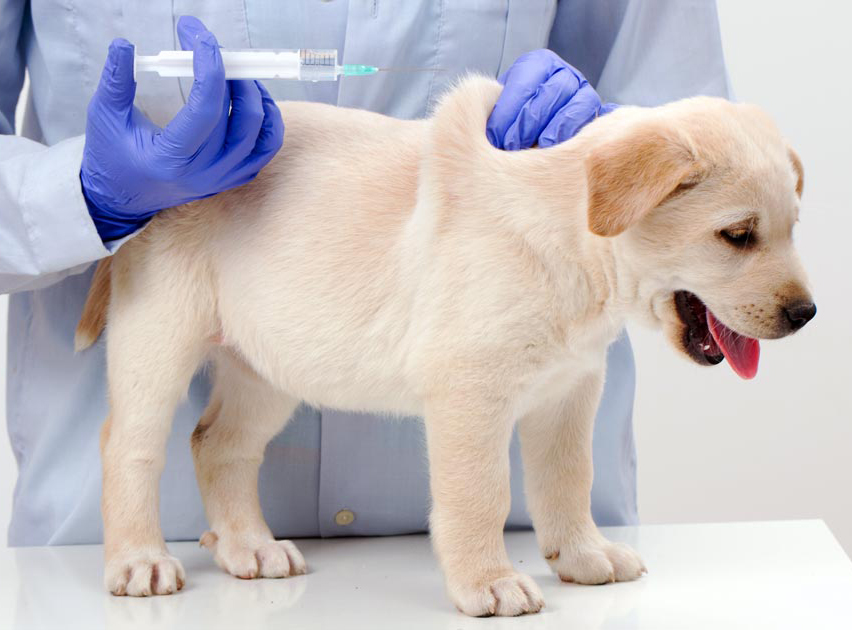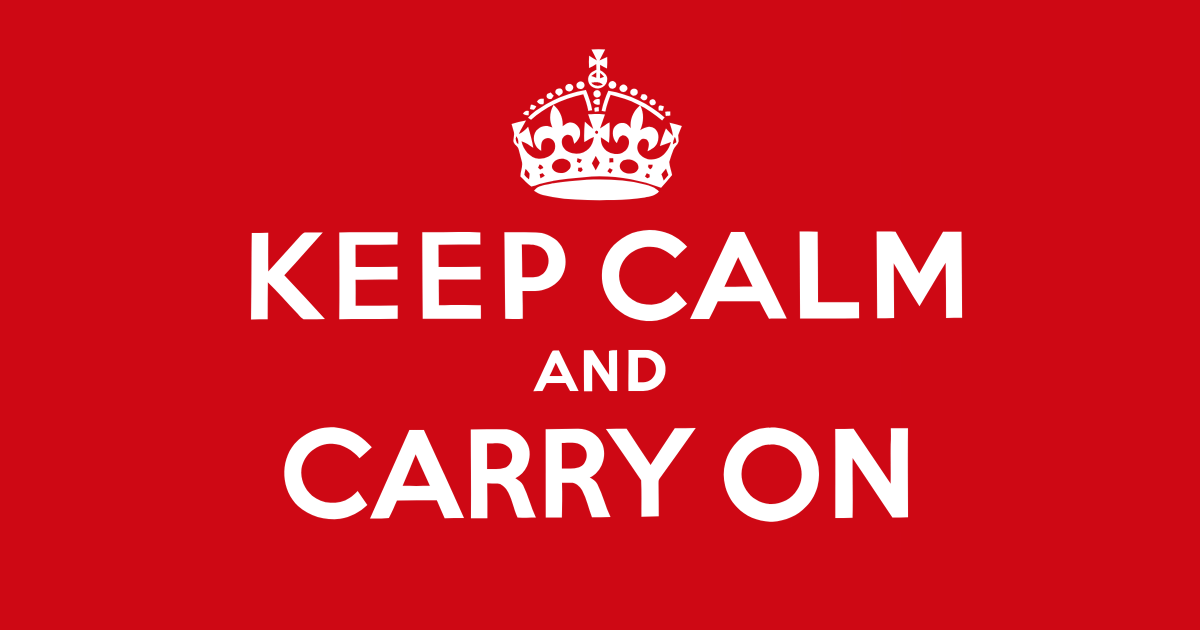When your course is a minimum of five years long, and your days are filled with lab work, lectures and study, it can be easy to lose sight of the big picture – the real core driver behind why you wanted to be a vet in the first place.
Forgive me if I’m wrong, but I’m sure no 18-year-old, fresh from 14 years of full-time education, has ever signed up for their degree purely for a love of spending the fleeting British summertime in an exam hall and 9am-5pm every day staring at a white board.
For most of us, investing the money and dedicated years of our lives that university demands are all part and parcel of building the foundations for our futures.
What’s it all for?
For vets especially, many options are available: whether you’re driven towards specialised surgery, welfare, research or first-opinion practice, it all starts with the same degree, the same path, the same investment.
However, while the journey may be unavoidable, the repetitive humdrum of student life (and life in general for that matter) can make it difficult to keep your eyes on the end goal.
How bad do you want it?
It’s not a matter of commitment. Trust me; if you even manage to get an interview for a veterinary course, you’re as committed as they come. There’s no way you’ll find a teenager voluntarily scooping poop – from a staggering variety of sources – on their weekends without a real solid mindset as to where they want to be.
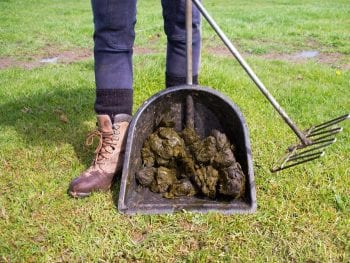
When I was applying to vet schools, the standard requirements for work experience ranged from four to 12 weeks. I just about managed the latter, but I had friends around me doubling that – don’t ask me how.
Getting sidetracked
University life can be repetitive, not to mention full on… in a particularly heavy week, I managed to have a dream about revising ectoparasites, so let me tell you, sometimes there really is no escaping it.
Through all this it’s understandable you might lose track of the driver that got you here in the first place, let alone what you want to do when you leave. When you‘re struggling to keep your head above water to deal with the task in front of you, how on earth are you supposed to look so far ahead?
Personally, I didn’t realise I’d reached this point until very recently.
The epiphany
My university had organised “practice consult sessions” with some of its vet surgery’s genuine clients. Each client came to us with his or her dogs and had been told by our teaching staff to be as difficult as possible in an attempt to get us out of our shells.
In groups, we had to practise gathering a patient history – not easy, as it turns out, when the client’s been instructed not to play ball – and describe a simple neutering, addressing both pros and cons.
Not only did this supply a very realistic “hands-on” scenario, it forced us to use the collective knowledge provided to us in countless lectures and seminars and regurgitate it in a manner that was both professional and understandable. For example, a lot of the clinical terms we’re encouraged to memorise aren’t commonly used by the general public, so you must find easier ways of explaining things without oversimplifying anything important like surgical risks.
Remind yourself
I can’t describe how motivated I felt when I came home after that practical – I was buzzing.
I had stood behind real vets in real consultations for so long, watching how they interacted with clients and patients and itching, from such a young age, to do what they did. I wish I could carry that feeling with me every day, but, of course, after a while you find yourself treading water again.
I think the important thing is to give yourself moments every now and then to stop and reflect on how far you’ve already come, as well as where you want to go. The course, the workload, life in general – none of it’s easy. But if you want it enough, it’s so, so worth it.
